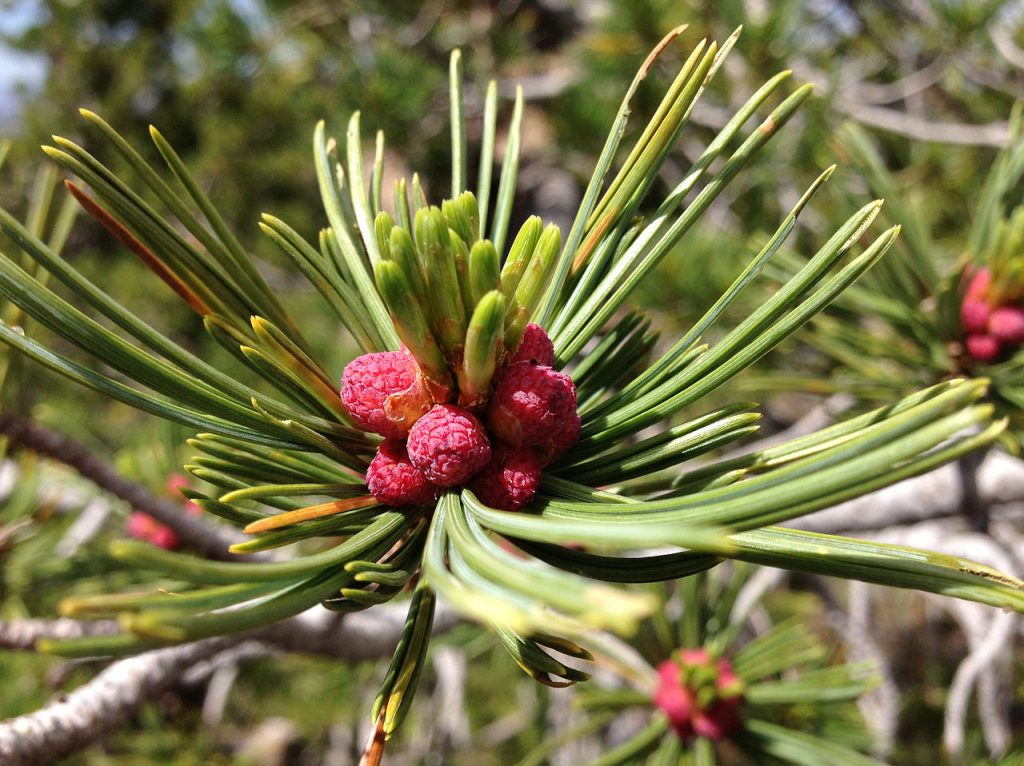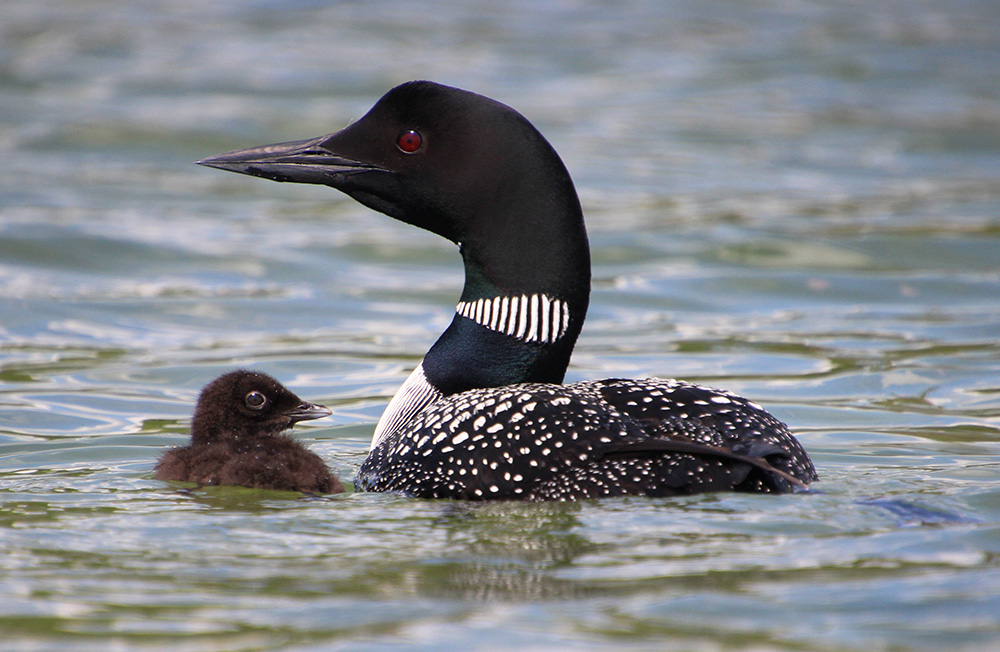Conservation Blog
The Swift Fox: A Canadian Conservation Success Story
BY LU CARBYN, NIKKI PASKAR, KRISTY BLY, AND RICHARD SCHNEIDER
The swift fox reintroduction program successfully brought the fastest member of the wild dog family’s population from Extirpated to Endangered, and finally to Threatened. Although it began with an illegal publicity stunt by a game farm, structured efforts soon followed. Habitat conservation continues to be a key issue for swift fox populations.
Read MoreMaking Sense of the Situation in Alberta’s East Slopes
If you are like most people, you may be having a hard time keeping track of what is going on in the East Slopes. First, the coal policy was rescinded. Then it was reinstated — sort of. Leases were awarded and then leases were cancelled. Yet a major coal mine is in the final stages of review. Keep reading to make sense of it all and keep your head from spinning!
Read MoreAlberta Parks Face the Loss of Park Interpreters
Alberta Parks may lose most of their park interpreters. Kate Corrigan explains why interpreters matter and why we should keep them.
Read MoreConcerns Regarding a Proposed Irrigation Expansion Project in Southern Alberta
A large-scale project to expand irrigation infrastructure in the South Saskatchewan River Basin has been announced by the government. Environmental groups have raised concerns about the impacts of this project.
Read MoreAlberta’s Coal Policy Reinstated
Today’s announcement demonstrates that grassroots voices can make a real difference in ensuring that Alberta’s special places remain protected.
This is s a welcome reprieve for future development in the Eastern Slopes. We urge concerned citizens to continue to press for a full stop on exploration and development activities until public consultation is completed and appropriate protections are in place.
Read MoreCoal at What Cost? Alberta’s Endangered Whitebark Pine Under Threat From Benga’s Proposed Coal Mine
Kelsey Fleming reviews the implications of the Benga coal mine on Alberta’s endangered whitebark pine.
Read MoreRed Deer River Naturalists requests public consultations on proposed coal developments
The Red Deer River Naturalists Society has requested that the government reopen the public consultation processes for the North Saskatchewan River Regional Plan and enable the public to comment on the cumulative effects of coal development.
Read MoreProvince Pushes the Pause Button on Coal Development
Energy Minister Sonya Savage has announced that the province will cancel 11 recently issued coal leases and pause future lease sales in the Eastern Slopes.
Unfortunately, a pause is not the same as a stop.
Read MoreSociety of Grasslands Naturalists Raises Concerns About Land-Use Decisions in the Eastern Slopes
The Society of Grassland Naturalists has raised concerns about land-use decisions in the Eastern Slopes. They urge the premier to adopt an integrated approach to planning that involves public consultations.
Read MoreWhy Are Common Loon Chicks Becoming Less Common?
BY KRISTIN BIANCHINI
Measuring loon productivity is also an excellent indicator of lake health. As top predators, loons are sensitive to damage at lower levels of the food chain. For example, processes that decrease the number of fish in a lake can cause food shortages, especially for young loons. Being a top predator also makes loons more vulnerable to pollutants, like acid rain and mercury.
Read More







